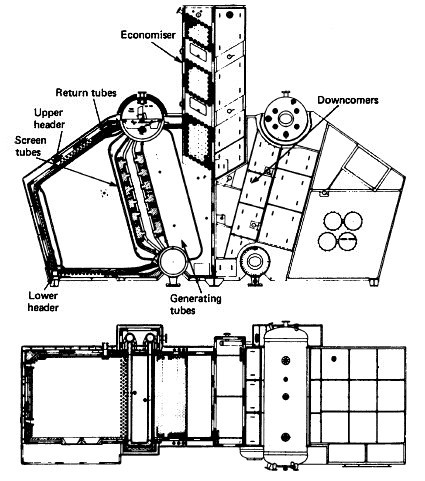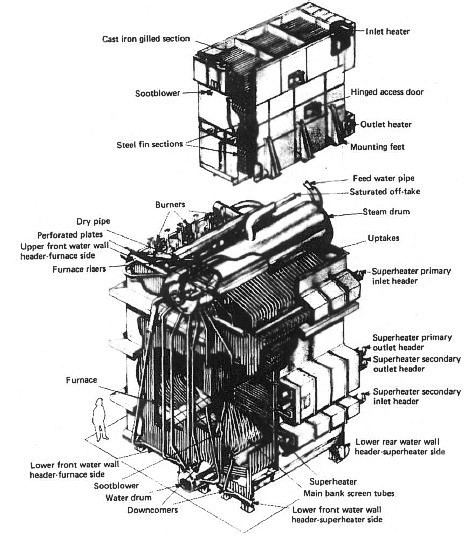
Marine Boiler Types- Various Advantages
Marine boilers are of two types namely the water tube boiler and the fire
tube boiler. The water tube type boiler is used for high-pressure, high-temperature,
high-capacity applications. The Main boiler design depends on its application, ie. for motor
ships, a small fire tube boiler would be satisfactory.



